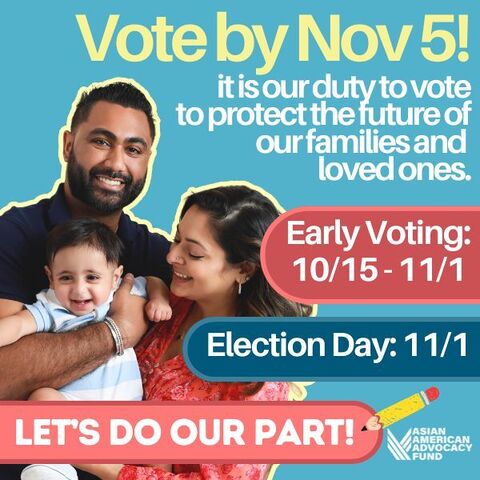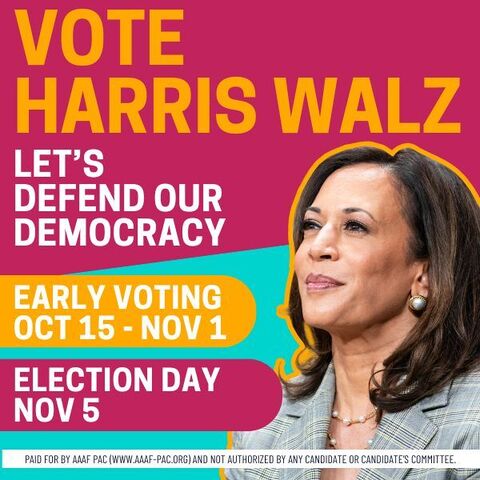Immigration News Briefs

The U.S. Citizenship and Immigration Services (USCIS) has approved the statutory maximum 10,000 petitions for U-1 nonimmigrant status (Uvisas) for fiscal year 2014. This marks the fifth straight year that USCIS has reached the statutory maximum since it began issuing U visas in 2008.
Each year, 10,000 U visas are available for victims ofcertain qualifying crimes who have suffered substantial mental or physical abuse and are willing to help law enforcement authorities investigate or prosecute those crimes. A U visa petition requires certification of assistance from law enforcement. More than 89,600 victims and their family members have received U visas since the program was implemented in 2008.
Although USCIS has reached its statutory cap of 10,000 Uvisas, it will continue to review pending petitions for eligibility. USCIS will send a letter to all eligible petitioners who, due solely to the cap, are not granted U-1 visas, notifying them that they are on a waiting list to receive a U visa when visas again become available and what options they have in the interim. Petitioners and qualifying family members must continue to meet eligibility requirements at the time the U visa is issued. USCIS will resume issuing U visas on October 1, 2014, the first day of fiscal year 2015, when visas become available again.
H-1B Cap expected to be reached early
On Tuesday, April 1, 2014, USCIS will begin accepting H-1B cap-subject case filings for fiscal year 2015 (FY15).
There are 65,000 regular H-1B cap numbers plus 20,000 advanced-degree cap exemptions (master's cap) available per year. Each year, H-1B cap-subject cases can be filed beginning on the first business day in April, which is April 1, 2014 for FY15. Under USCIS regulations, the minimum filing period for H-1B cap cases is five business days. If there are still cap numbers available at the end of the first five days, the cap remains open untilfilled. If there are enough cases to meet or exceed the cap in the first five days, the cap closes. In that event, the USCIS stops accepting new H-1B capfilings, and a lottery is conducted from the cases filed during that first week to randomly select the cases that the USCIS will adjudicate. The remaining cases are then returned without being processed.
In last year’s cap, USCIS received over 120,000 H-1B filings during the first five business days of April, leading to the need for an H-1B lottery. Although there is no way of knowing whether the cap will be reached early, the trend for the past several years seems to indicate that the same will happen this year, as did last year.
Unexpected advancement in EB3 category
The January 2014 Visa Bulletin, listed below, and released on December 13, had a few surprises in store. The most inquired-about categories were as follows:
For ALL countries except Mexico: F-2A preference (family-based preference for spouses and children under 21 of Permanent Residents) remains the same as last month with the priority date (PD) for all countries at September 8, 2013.
For India only:F-2B preference advanced 30 days with PD at June 1, 2006; F-4 category advances 24 days to PD at October 1, 2001. There is no movement in EB2 and EB3 preference categories at this time.
VISA PREFERENCE NUMBERS FOR January 2014
|
FAMILY |
India |
Pakistan/Bangladesh |
|
1st |
22Jul04 |
08Dec06 |
|
2A |
15Feb09 |
08Sep13 |
|
2B |
01Jun06 |
01Jun06 |
|
3rd |
15Apr03 |
15Apr03 |
|
4th |
01Oct01 |
01Oct01 |
|
EMPLOYMENT |
India |
Pakistan/Bangladesh |
|
1st |
Current |
Current |
|
2nd |
15Nov04 |
Current |
|
3rd |
01Sep03 |
01Apr12 |
|
Other |
01Sep03 |
01Apr12 |
|
4th |
Current |
Current |
|
5th |
Current |
Current1B |
Enjoyed reading Khabar magazine? Subscribe to Khabar and get a full digital copy of this Indian-American community magazine.
blog comments powered by Disqus














